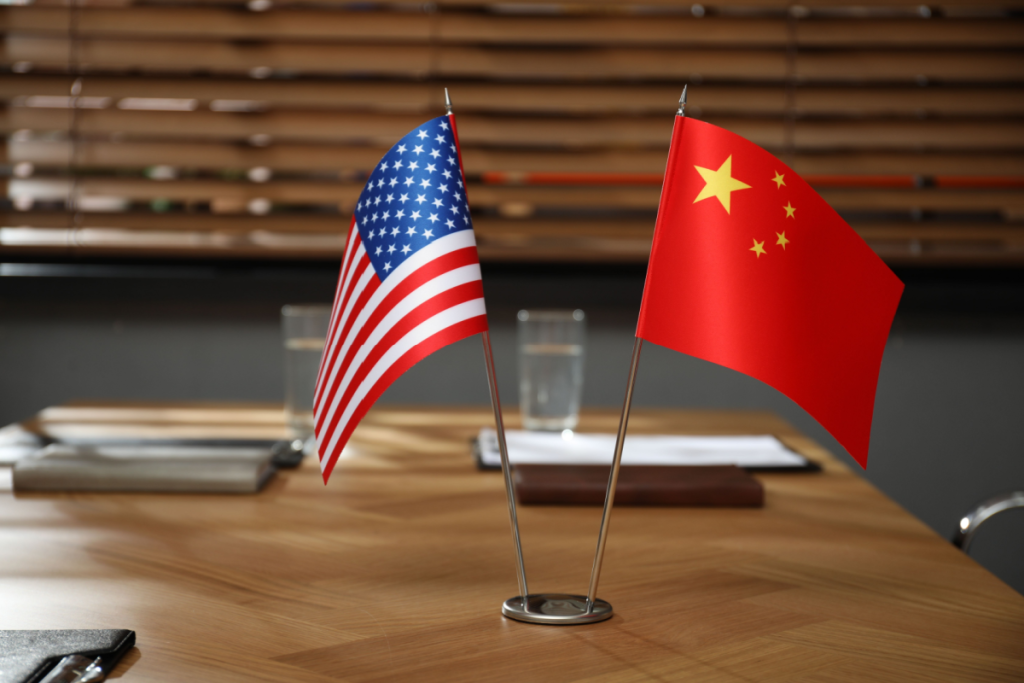Record surplus amid tariff pressure
China is on course to post a record $1.2 trillion trade surplus despite facing some of the highest tariffs ever imposed by the United States. Over the past five months, Chinese manufacturers have redirected exports away from the US, with shipments to India, Africa, and Southeast Asia reaching historic highs. The surge has raised alarms abroad, where governments are weighing domestic industry protection against the risks of antagonizing Beijing, which remains the top trading partner for more than half the world.
Global reactions remain cautious
Mexico has been the most vocal responder, considering tariffs of up to 50% on Chinese goods like cars, auto parts, and steel. India has already received 50 applications to investigate potential dumping of products from China and Vietnam. Meanwhile, Indonesia’s trade minister pledged closer monitoring after viral clips showed Chinese vendors planning to sell clothing for as little as 80 cents in major cities. Other nations, including South Africa, Chile, and Ecuador, have opted for targeted measures while trying to balance economic ties with China.
Diplomatic maneuvering and risks
Beijing has leaned on diplomacy to avoid widespread retaliation, urging BRICS members to oppose protectionism and warning Mexico against escalating tariffs. At the same time, US President Donald Trump has pressed NATO allies to impose tariffs as high as 100% on Chinese goods in response to Beijing’s support for Russia. Analysts warn that such moves could intensify pressure on China, already grappling with deflation, a property slump, and demographic challenges. Yet, for Xi Jinping, showing that China can thrive without US consumers strengthens his position ahead of a summit with Trump in South Korea.
Economic impact and shifting markets
Despite the export boom, Chinese firms are not seeing stronger profits. Industrial company earnings fell 1.7% in the first seven months of the year, as manufacturers slashed prices to sell overseas, worsening domestic deflation. The surge in exports also complicates China’s efforts to pivot toward domestic consumption, a priority urged by US officials. Still, demand for Chinese technology and consumer goods in Europe, Australia, and India has provided new momentum. Exports to India alone hit $12.5 billion in August, boosted by Apple’s suppliers shifting production there while still relying heavily on Chinese components.


